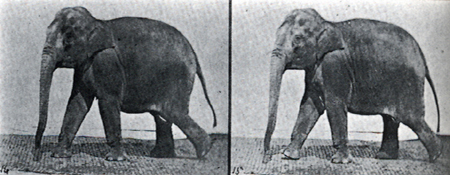 |
||
| Memory Is Personal | ||
| HOME The Art of Memory Origin Myth Vivid Imagery Memory Is Personal Your Inner Monty Python The Use of Places Poetry and Song The Grid System Why It Works The Number Mnemonic Free Ass-sociate Conclusion |
The art of memory uses the imagination, which is just the ability to play with words and images in your head and thereby form associations. Some people use their imaginations very easily and naturally. Children do. Artists do. Some people very readily see figures in objects – a swan in the number 2, for example (an example from the number mnemonic—explained later). It is the same quality that sees faces or other objects in cloud or rock formations; it is certainly helped by certain relaxed mental states. A common theme in biographies of geniuses like Einstein is that such people readily use their imaginations; they don't feel hemmed in with rules of thought or worries about what it is proper to think about. Even if we aren't in the habit of exercising it, we all possess this ability to project images onto things perceived. But the word "projection" is misleading: It is really how we introject experiences. The brain automatically does this when we dream, but we can vastly accelerate the process of learning by exerting conscious control over the imagination in the art of memory. It boils down to learning to be playful and even inappropriate. If you concoct a memory image to remember some fact or some story, and really using associations that your own mind generates, the images will generally be crazy. Usually they will be funny, or disgusting, or lewd – or at the very least, so stupid and asinine as to be virtually impossible to share with anybody else. This is good. The more strange or stupid it is, the better a memory image will work. The harder a memory image is to share with other people, the more effective it will be. |
|
All material copyright 2006
Eric Wargo